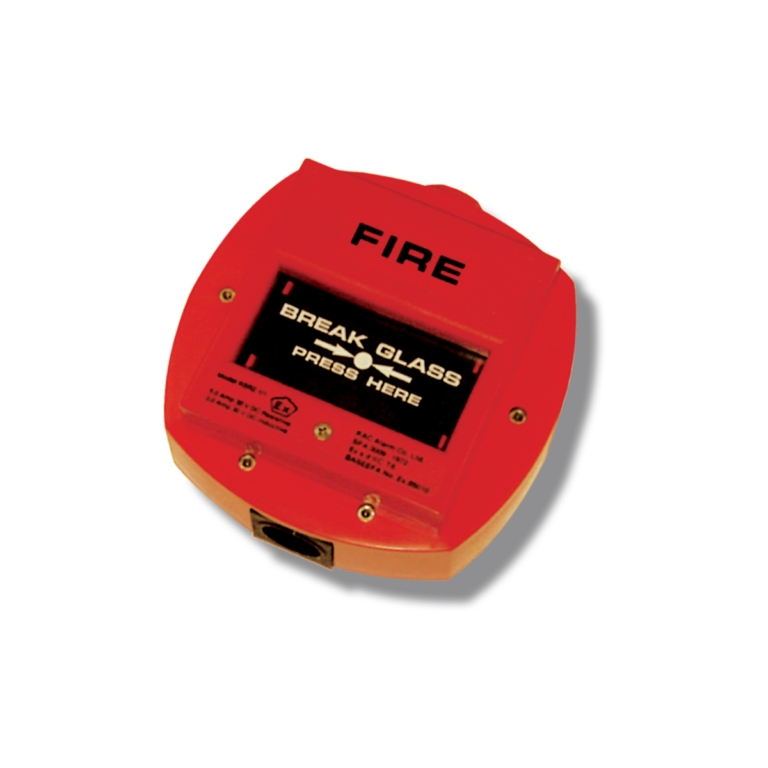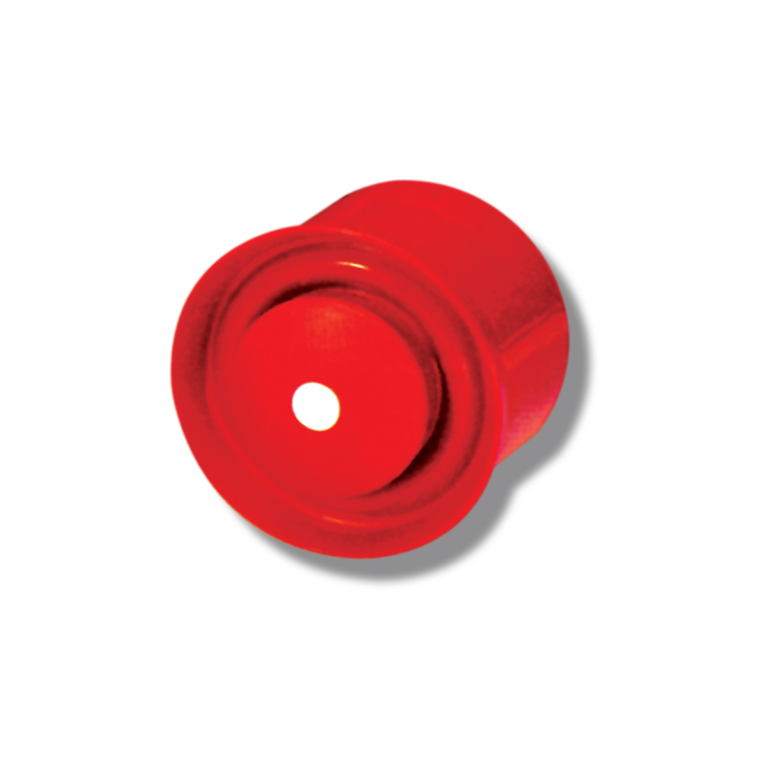Analogue Addressable Fire Alarm & Detection System
STANDARD ACCESSORIES
Addressing & communication: Each device responds to interrogation & command from central control equipment. It communicates to the panel information on status, command bits, type, location and other informations that allows an alarm to be raised even when the device is not itself being interrogated. Message error checking is also provided. The detectors provide an alarm facility that automatically puts an alarm flag on the data stream & reports its address when the pre-set EN54 thresholds are exceeded. All the electronic components are in the detector but the location – information is held in the base with the help of a patented XPERT card, which eliminates, the risk of addressing errors during maintenance and service.
System configuration: Each device responds to interrogation & command from central control equipment. It communicates to the panel information on status, command bits, type, location and other informations that allows an alarm to be raised even when the device is not itself being interrogated. Message error checking is also provided. The detectors provide an alarm facility that automatically puts an alarm flag on the data stream & reports its address when the pre-set EN54 thresholds are exceeded. All the electronic components are in the detector but the location – information is held in the base with the help of a patented XPERT card, which eliminates, the risk of addressing errors during maintenance and service.
Intelligent Fire Detectors: For general use, smoke detectors are recommended since these provide the highest level of protection. Smoke detectors from our range may be Ionisation, Optical or Multisensor types. It is generally accepted that Ionisation types have a high sensitivity to flaming fires, widely used for property protection whereas Optical detectors have high sensitivity to smouldering fires, widely used for life protection. The Multisensor is basically an Optical smoke detector and will therefore respond well to the smoke from smouldering fires. This detector also senses air temperature. This temperature sensitivity allows the Multisensor to give a response to fast burning (flaming) fires, which is similar to that of an Ionisation detector. The Multisensor can therefore be used as an alternative to an Ionisation detector. Where the environment is smoky or dirty under normal conditions, a Heat detector may be more appropriate. It must be recognized, however, that any Heat detector will respond only when the fire is well established, generating a high heat output.







